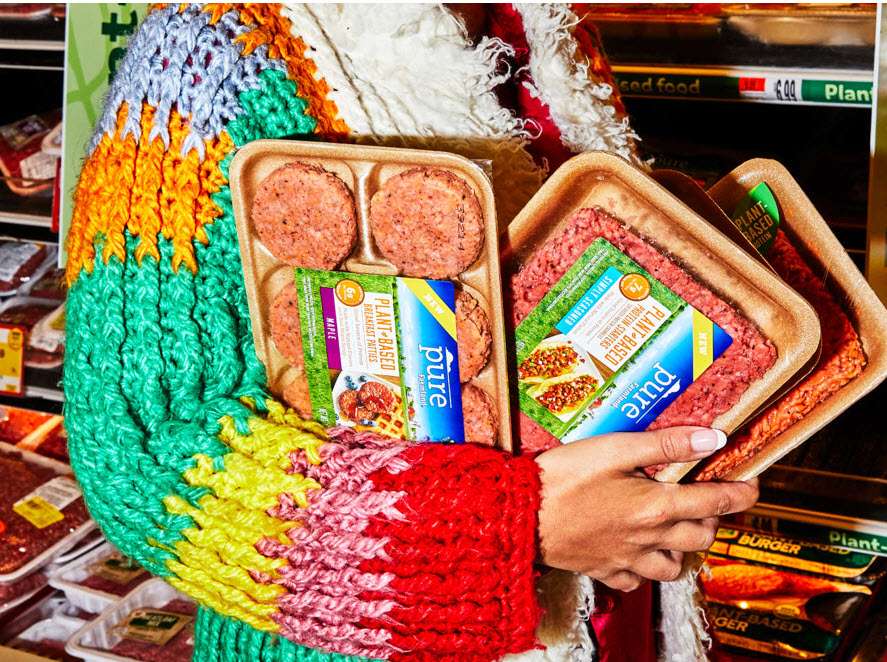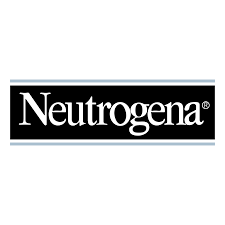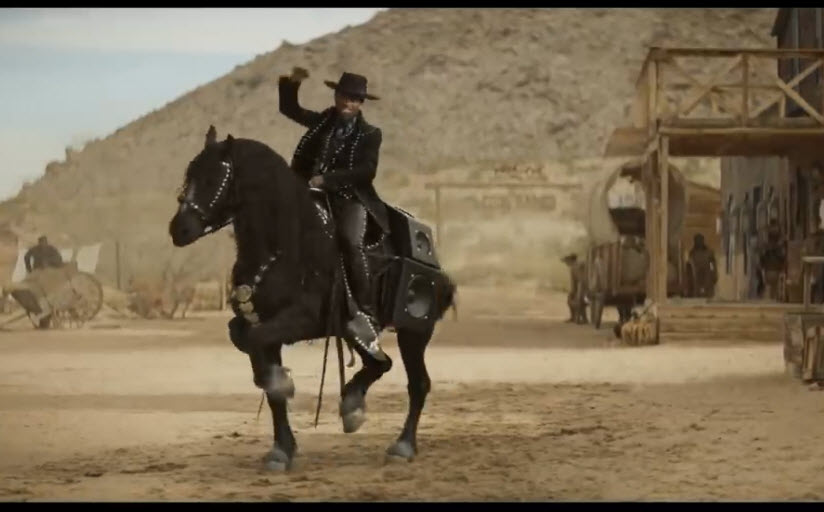Build a Brand or Buy A Brand.
(photo by NY Times)
There is a story in The New York Times today about the accelerating pace of change in plant-based burgers, sausages and chicken. It’s not just about Beyond Meat and Impossible Foods any more, it’s about Hormel, Tyson, Smithfield, Perdue and Nestle among others. The battleships are a-coming. Lucky for Impossible and Beyond, the big boys and girls were slow to react allowing for a big head start and funding from VCs, angels and now the public as Impossible has a stock offering. (Tyson invested early in Beyond.) This head start and money have helped Beyond and Impossible create powerful, well-known brands. The brand managers have done their jobs well.
Let’s not lose sight of the little guys in the business, though. No Evil Foods, in Asheville, comes to mind. They were an early entrant into the plant-based meat category. In fact, as savvy branders they were among the first to use the language “plant-based meat” in their marketing. Even the NYT story is afraid to call these products meat. Someone can smell a law-suit.
But No Evil is not afraid, they are small and on a mission. A mum and pup company run by crunchy millennials, they’re elbow deep in sausage casings, construction build-outs and child-rearing – all things that prepare them to build a brand from the ground up. And as such, even though they don’t have the investors or the insulation of the huge conglomerates, they are creating a brand to go with their products. They are building their brand by doing.
It will be fun to watch how this category evolves. I’m betting on the builders (Beyond, Impossible, No Evil), not the buyers.
Peace.









